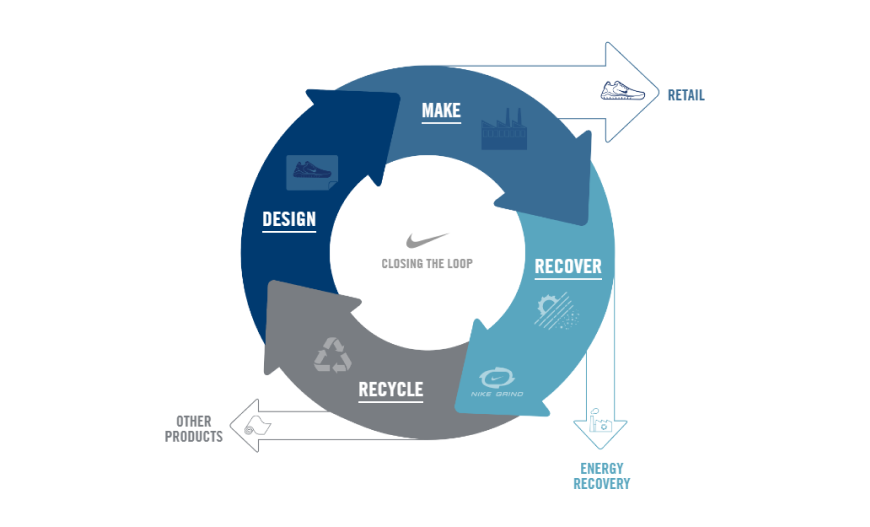
Circular Economy Innovations: Sustainable Solutions for Tomorrow
The concept of a circular economy is gaining momentum as businesses and societies recognize the need for sustainable practices. Embracing circular economy initiatives can lead to more efficient resource use, reduced environmental impact, and long-term economic benefits.
Rethinking Product Design:
Circular economy initiatives often begin with rethinking the way products are designed. Designing products for durability, reparability, and recyclability ensures a longer lifespan and reduces the overall environmental footprint. This shift towards sustainable design principles promotes a culture of responsible consumption and waste reduction.
Closed-Loop Recycling Systems:
One key aspect of circular economy initiatives is the establishment of closed-loop recycling systems. Rather than the traditional linear model of “take, make, dispose,” a closed-loop system focuses on recycling and reusing materials. Businesses are investing in infrastructure and processes that facilitate the collection, recycling, and reintroduction of materials into the production cycle.
Product-as-a-Service Models:
Circular economy initiatives also promote alternative business models such as product-as-a-service. In this model, consumers pay for the service or utility of a product rather than owning it outright. This encourages manufacturers to design products with longevity in mind, as they remain responsible for maintenance, repairs, and eventual recycling.
Waste Reduction and Upcycling:
Efforts to reduce waste are at the core of circular economy initiatives. Businesses are exploring innovative ways to repurpose waste materials through upcycling. This involves transforming discarded materials into higher-value products, extending their lifecycle and diverting them from landfills.
Embracing Digital Technologies:
Digital technologies play a vital role in circular economy initiatives. Blockchain, for instance, is used to create transparent and traceable supply chains, ensuring the ethical sourcing of materials. Internet of Things (IoT) devices enable real-time monitoring of product usage, facilitating predictive maintenance and minimizing unnecessary replacements.
Collaborative Industry Partnerships:
Circular economy initiatives often require collaboration among various industry stakeholders. Businesses are forming partnerships to share resources, expertise, and best practices. Collaborative efforts enable the development of more comprehensive and effective circular economy strategies.
Educating Consumers and Stakeholders:
Education is a key component of successful circular economy initiatives. Businesses are taking steps to educate both consumers and stakeholders about the benefits of circular practices. Increased awareness leads to more responsible consumer choices and greater support for circular economy initiatives on a broader scale.
Government Policy and Regulation:
Government policies and regulations play a pivotal role in shaping the landscape for circular economy initiatives. Many countries are introducing policies that incentivize businesses to adopt sustainable practices, such as tax incentives for recycling initiatives and penalties for excessive waste generation.
Measuring and Reporting Impact:
To track progress and ensure accountability, businesses engaged in circular economy initiatives are implementing measurement and reporting systems. Metrics related to resource efficiency, waste reduction, and environmental impact are monitored and reported, allowing businesses to continually assess their performance and make necessary adjustments.
To learn more about Circular economy initiatives, visit businessinc.my.id. Discover how embracing circular economy principles can not only contribute to a sustainable future but also bring about economic benefits and increased resilience for businesses in an ever-changing world.



